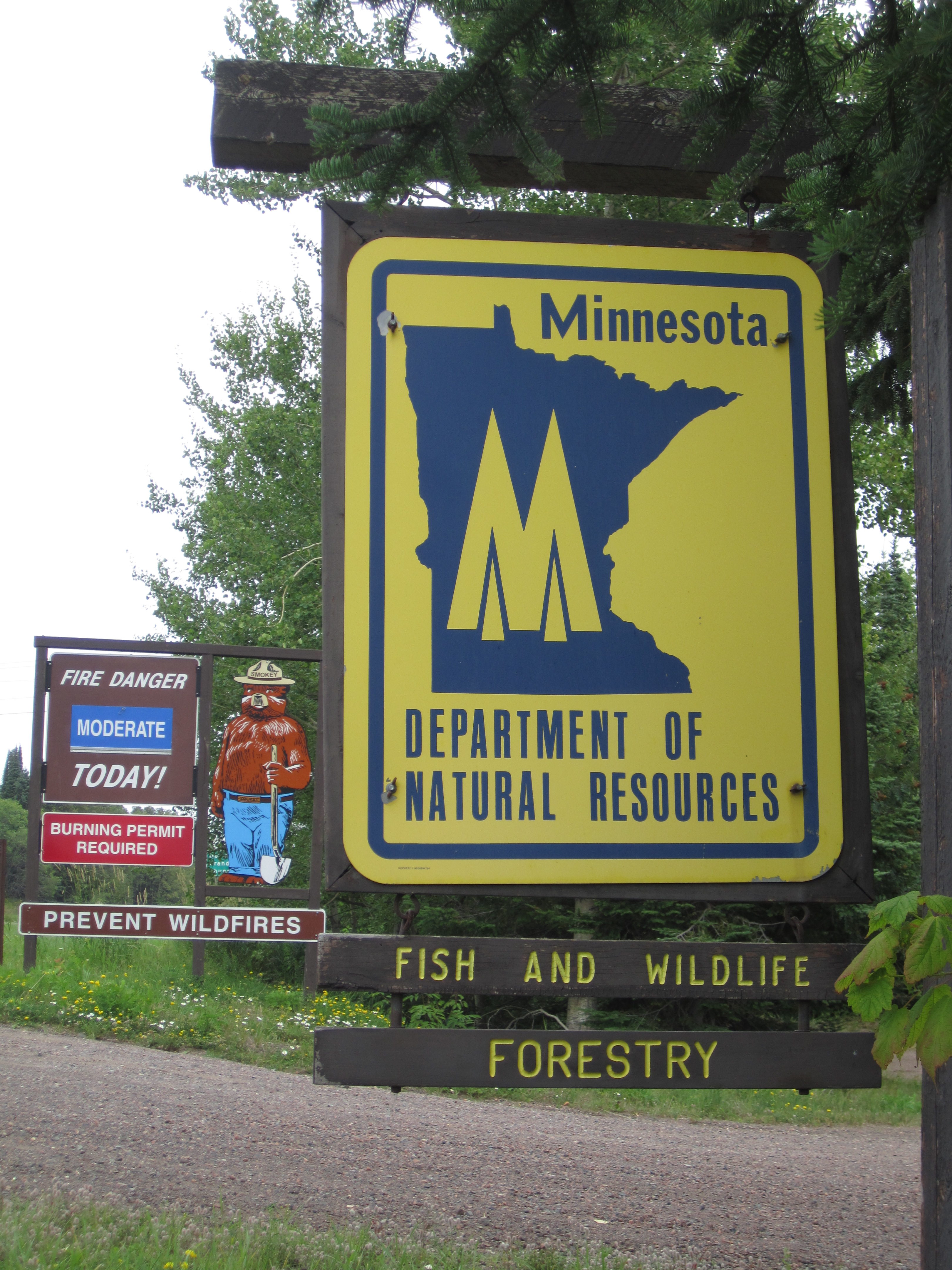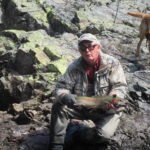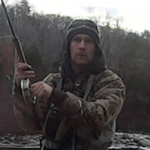Last winter, Dave Ingebrigtsen, longtime assistant wildlife manager stationed in Grand Marais, retired. At the time, DNR insiders wondered if the position would be refilled, given the Section of Wildlife is rife with vacancies throughout the state. The good news is the position is being filled. The caveat is that the new person will be stationed in Two Harbors—90 miles from Grand Marais.
This is the first time in decades that DNR Wildlife will not have a presence in Grand Marais, where there are field offices for DNR Fisheries and Forestry. For a little perspective, Grand Marais is located in Cook County, which is comprised of over 90 percent public land, including state forests, the Superior National Forest and the Boundary Waters Canoe Area Wilderness. It is the heart of the state’s remaining moose range and is home to other boreal wildlife species such as Canada lynx, pine marten and spruce grouse. The county contains a deer population that is closely scrutinized by the public; hunters as well as property owners, who often consider whitetails to be a nuisance. There are plenty of wolves, too. As a measure of public outdoor activity, three conservation officers are stationed in the county.
So why is DNR Wildlife pulling out of Grand Marais? Northeast Region wildlife manager Dave Olfelt in Grand Rapids gave several reasons for the decision. He began by pointing out that as of June, the Section of Wildlife had 40 vacancies, so he was thankful the North Shore position was filled. It’s an unclassified position with a three-year trial period. Since Grand Marais is part of the Two Harbors work area, it was prudent to locate the position there. Wildlife already has two staffers in the Two Harbors office.
SIGN UP to receive Shawn Perich’s Points North
articles in your inbox.
Another concern are factors to unique to Grand Marais. Number one is the community’s remoteness, located two hours by winding, two-lane Highway 61 from the nearest metropolitan area, Duluth. The DNR has increasing difficulty attracting employees to remote stations, especially if they have children or a spouse seeking employment. Another challenge is Cook County’s high-priced and very limited housing market. It is difficult for newcomers to find a place to live.
Olfelt also pointed out that although Cook County is predominately public land, the Section of Wildlife is directly responsible for managing just a tiny portion that is designated as state Wildlife Management Areas. Elsewhere in the state, notably in the agricultural regions, wildlife managers are responsible for many WMAs, which adds significantly to their workload. However, in the northern forests, wildlife managers do coordinate and provide input to timber sales and other management work that occurs in state forests. They assist other managers of public forest lands, too. Olfelt says this work will continue and an advantage of having staff in Two Harbors is that other agencies and organizations such as the Superior National Forest, The Nature Conservancy and Lake County Forestry have offices in Duluth or Two Harbors.
But he also admits there are trade-offs associated with shuttering the Grand Marais Wildlife office. Let’s start with travel time for field work. Much of Cook County is a more than two-hour drive from Two Harbors, meaning that wildlife staff could spend better than half of a typical eight-hour work day behind the wheel. Olfelt counters that staff can plan ahead for overnight trips. Instead of sending a wildlife manager into the forest alone, they will now be able to work in pairs, which he considers safer. At any rate, he believes the inefficiencies of travel are outweighed by the teamwork benefits of having all three wildlife staffers in the Two Harbors office.
Another aspect that is hard to reconcile is that Grand Marais, a very outdoor-oriented community with an outdoor tourism-based economy, will no longer have a local DNR wildlife manager as a go-to local resource. They won’t have anyone to ask wildlife-related questions, report sightings of sick or injured moose or have someone on the ground to observe local wildlife populations or make decisions such as how many antlerless deer should be harvested in a given year. In fact, the Section of Wildlife will have no one living and working within the northeast Minnesota moose range. Whether or not this is important is a matter of debate.
Olfelt says there is an effort underway for the DNR to coordinate with its partners on a major moose habitat project, approaching the forest as a landscape rather a patchwork of various public land ownerships. Hopefully this will facilitate large scale forest management, including timber harvest and prescribed fire.
“We’re working really hard to do what we can for moose,” Olfelt said. “We hope to team up with foresters to make it happen.”
There is no reason to take Olfelt at any less than his word regarding the DNR’s commitment to moose or the decision to shutter the Grand Marais Wildlife office. Perhaps I’m old school, but I’m not sure that centralizing staff entrusted with managing our fish and wildlife is best for what happens on the land. But the situation in Grand Marais points to a broader issue. State fish and wildlife management is largely supported by hunting and fishing license revenues. As the total number of hunters and anglers stagnates or declines, the DNR is faced with a tremendous challenge of managing fish and wildlife populations, as well as the associated human activities, with dwindling revenue. While the agency is making efforts to bolster the numbers of hunters and anglers, perhaps they have not been as forthright as they should be regarding their present and future fiscal realities.
In an increasingly urbanized, technologically dependent world, it is difficult to attract newcomers to the simple, natural pleasures of hunting and fishing. Many folks have limited time, limited nearby outdoor opportunities and face the obstacle of the costs associated with acquiring essential gear. None are easy to overcome. In the absence of a fish and wildlife management funding model that is less reliant on license dollars, the challenges facing today’s managers will only loom larger in the future.
SIGN UP to receive Shawn Perich’s Points North
articles in your inbox.





